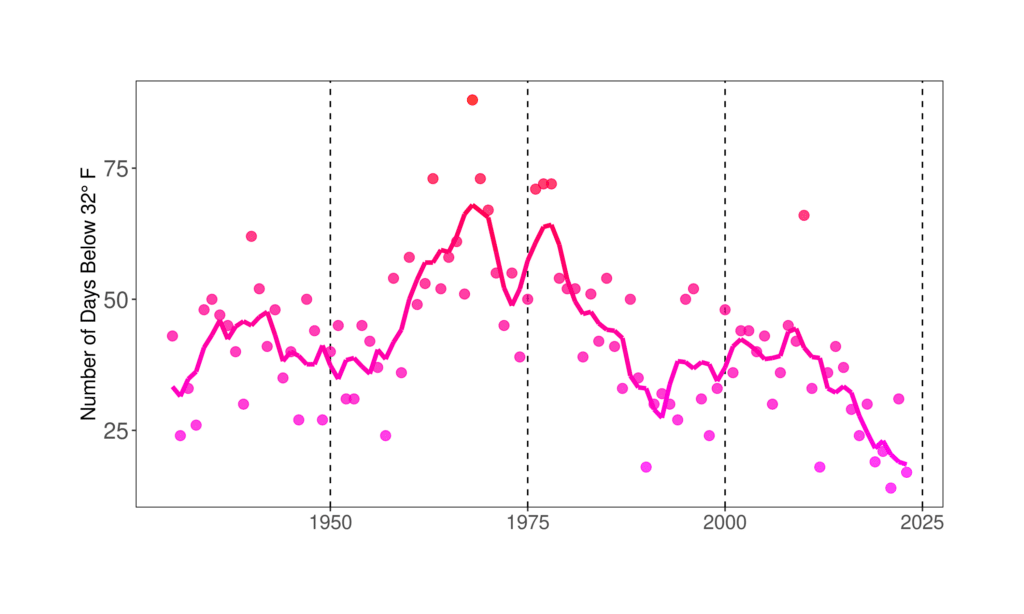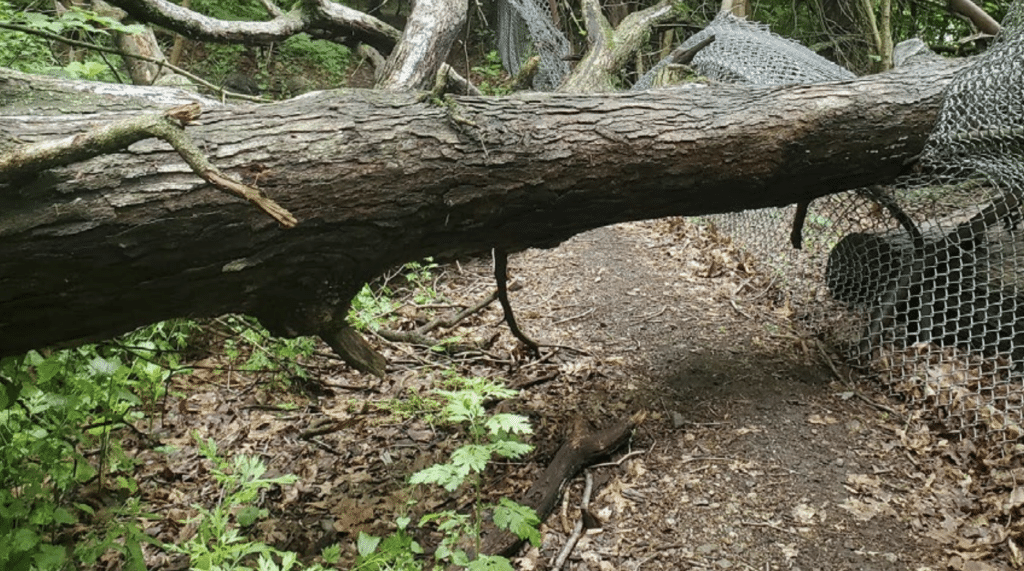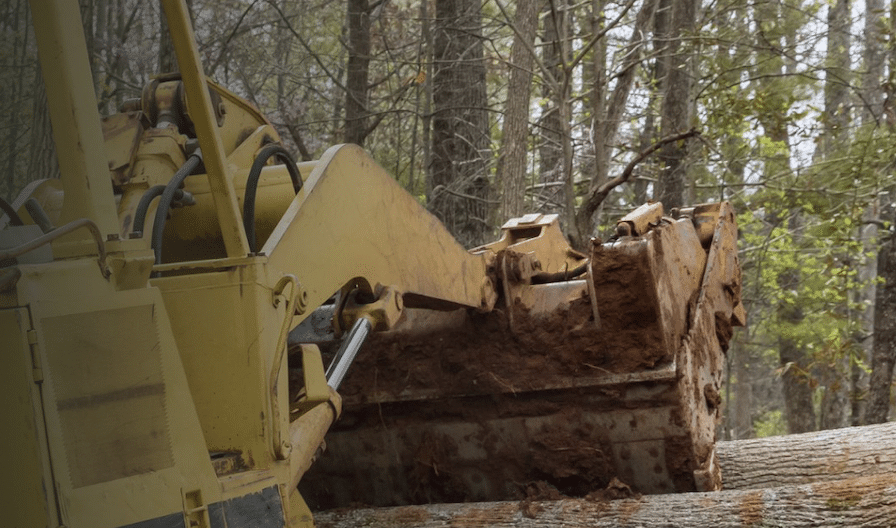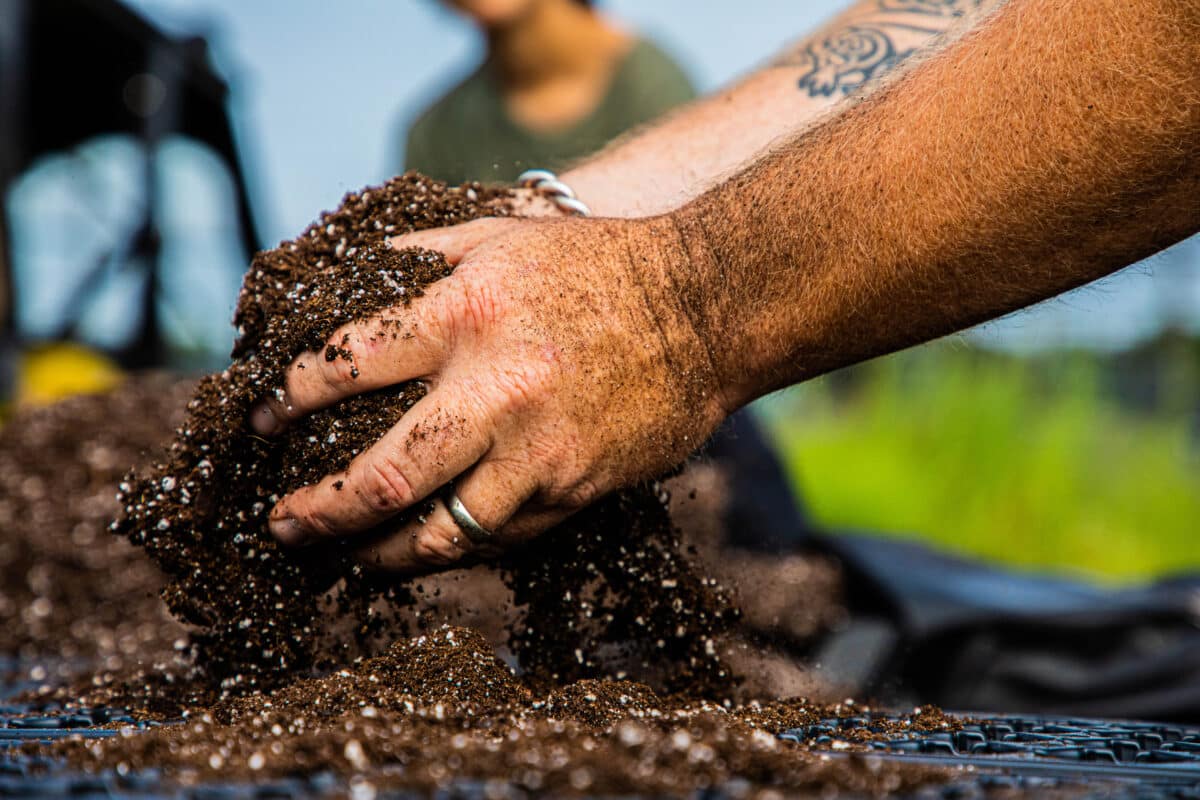Cooling Cities: Harnessing Natural Areas to Combat Urban Heat
By Clara C. Pregitzer, Crystal A. Crown, Jeffrey A. Clark, Sophie Plitt
By Clara C. Pregitzer, Crystal A. Crown, Jeffrey A. Clark, Sophie Plitt
During summer 2022, the Natural Areas Conservancy partnered with 12 cities from the Forests in Cities network to conduct a study focused on quantifying differences in air and surface temperature between types of urban greenspace, with a focus on urban natural areas. As a result of this study, we found that urban natural areas are the coolest class of land cover in cities. Natural areas were significantly cooler than non-natural and landscaped areas, and forested natural areas have lower air temperature than areas of landscaped trees by several degrees. In some cities on a hot summer day, it was more than 10 °F cooler in a forested natural area compared to under landscaped trees just a few hundred feet away. We also found that forests that were higher quality tended to be cooler than those that were more degraded during the warmest point of the day and had lower high temperature extremes.
These results highlight the importance of urban natural areas as a place of respite for city residents during the summertime months. Not all city residents have access to nearby greenspace, and getting outside under the shade of a forest canopy can provide a cooler place to spend time outdoors. These findings also signal that natural areas are an important type of greenspace to consider in plans aimed at addressing urban heat islands and must be maintained to provide the greatest benefits. Protection, management, and expansion of natural areas belongs in urban climate mitigation plans, alongside landscaped greenspace, tree plantings, and other climate engineering techniques.

What is this tool? The tool below uses summarized data from the National Oceanic and Atmospheric Administration () to help users visualize changes in climate variables - including maximum temperature and precipitation - over time. This no code approach to figure creation allows for individuals to create custom figures for a broad ...


This report summarizes the main threats to one type of urban natural area–forests–and the strategies cities use to minimize or negate these threats. Overall, this report shows that cities use various tactics such as ordinances, zoning, land acquisitions, and federal protections to preserve natural areas. The most successful approaches feature o...
